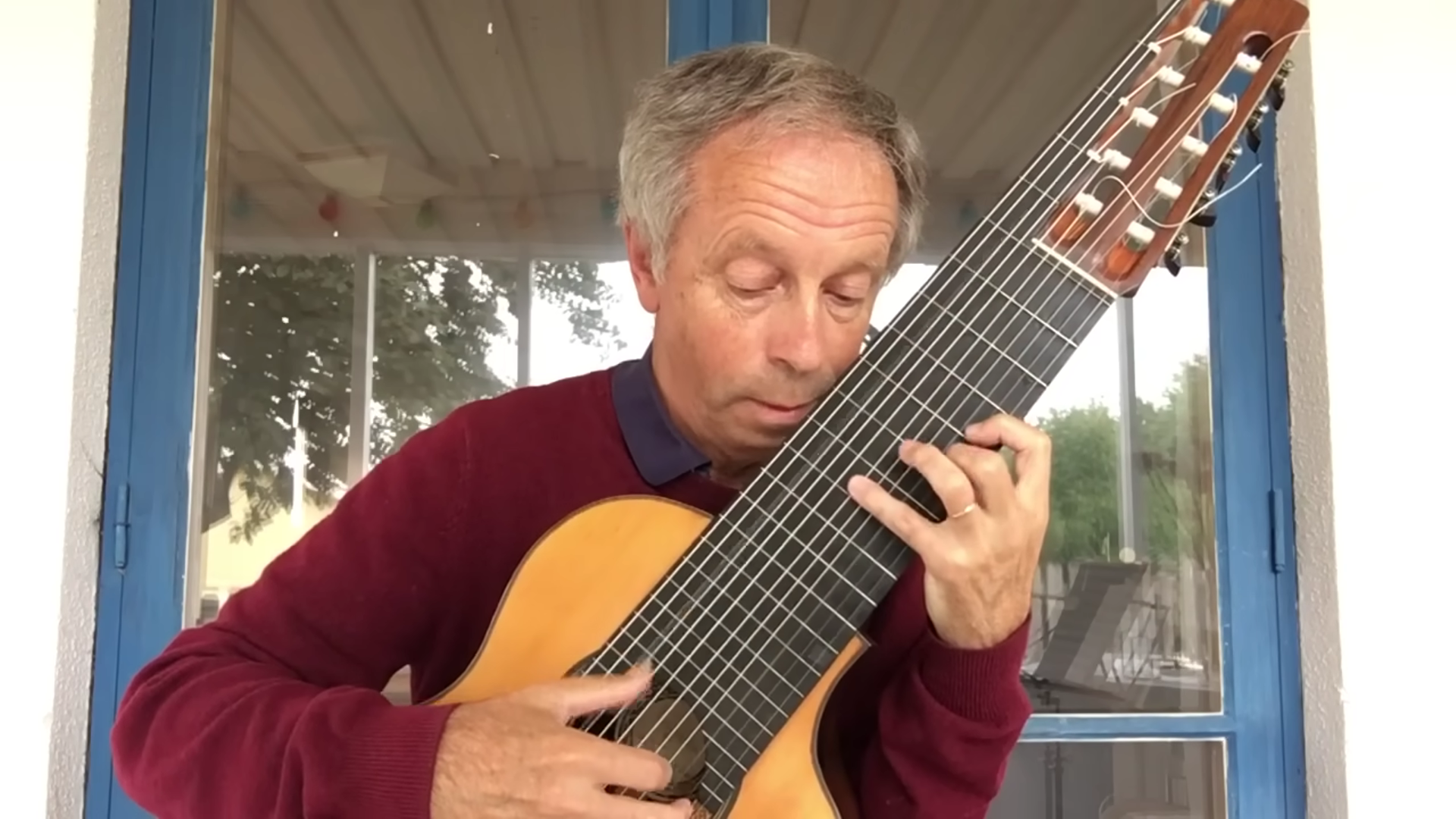Swedish guitar virtuoso, born 1955, Söllscher is known for his wide-ranging repertoire: from lute music and Baroque composers (like Weiss and Bach) to modern guitar concertos and even arrangements of non-guitar works.
A uniquely captivating version exists in the hands of Swedish classical guitarist Göran Söllscher. Playing his custom 11-string alto guitar, a graceful instrument with a softer, lute-like voice, Söllscher translates the entire emotional landscape of the Lennon-McCartney masterpiece onto six of those strings.
He meticulously picks out the original’s urgent, descending violin lines, making them the central motif, while simultaneously weaving the melancholic cello parts and the steady, pulsing viola rhythms into a rich, polyphonic tapestry. All the loneliness of Father McKenzie darn..
His socks in the silence of a sacred space and Eleanor Rigby burying her name with a forgotten face is profoundly captured without a single word sung. Söllscher’s arrangement is a masterclass in implication; the melody, so associated with Paul McCartney’s vocal, is present but often hinted at, living in the spaces between the driving counterpoint.
For Ciacona / Baroque lute works, Söllscher often plays an eleven-string alto guitar rather than a standard six-string guitar. This instrument allows him to access notes in the bass register (an octave lower in many cases), giving him deeper resonance and enabling him to better approximate the full richness of lute compositions.
His recording Eleven-String Baroque (2004) includes Weiss’ Ciacona among other Baroque pieces. This album showcases how the extra strings expand the guitar’s range, especially in low register, making the performance more powerful and more faithful to the original lute textures.
Swedish guitarist Göran Söllscher brought fresh beauty to George Harrison’s “Here Comes the Sun” with his remarkable 11-string guitar. Known for blending classical precision with emotional warmth, Söllscher transformed the Beatles’ classic into a shimmering instrumental.
His delicate fingerpicking echoed the song’s hopeful spirit, while the deep, resonant tones of the extra strings added richness and depth. The result was a graceful performance that felt both intimate and timeless, reminding listeners why Harrison’s melody remains one of the most beloved in music history.
